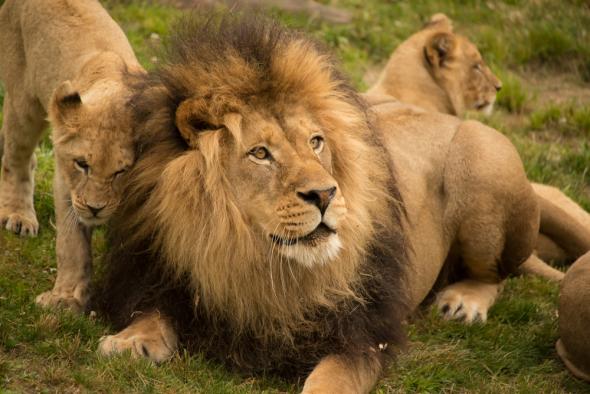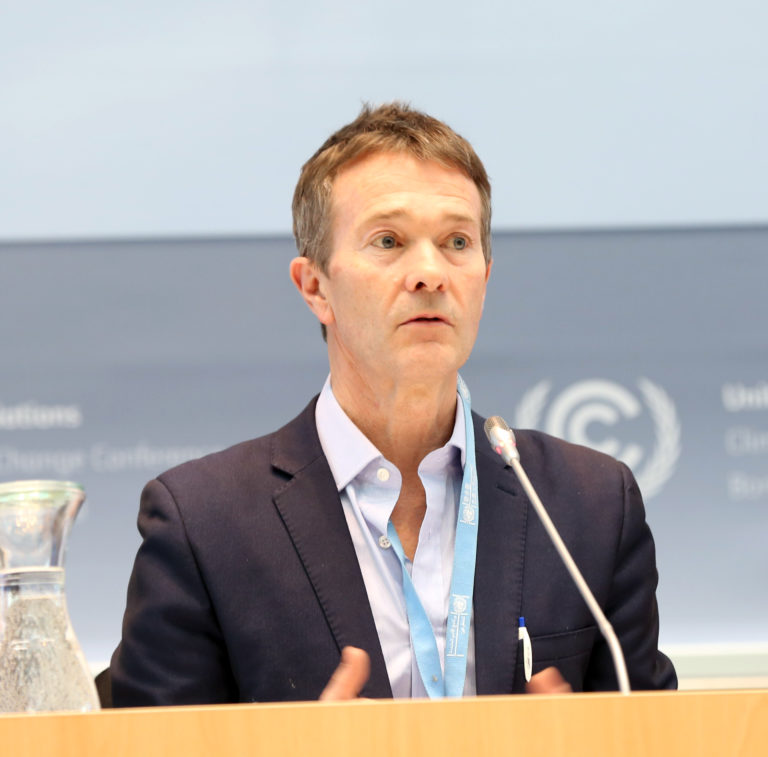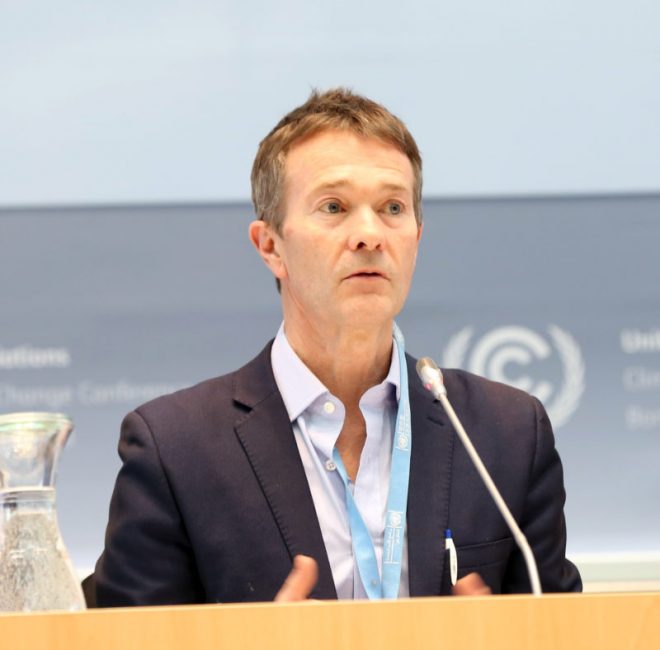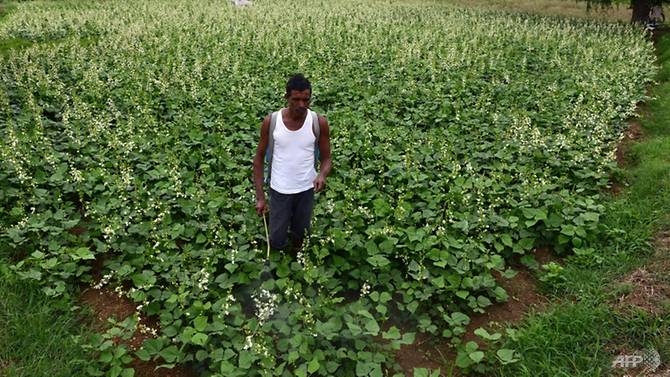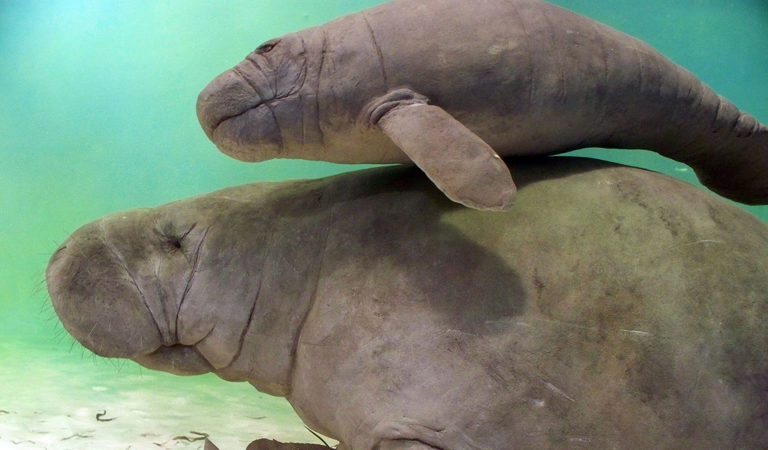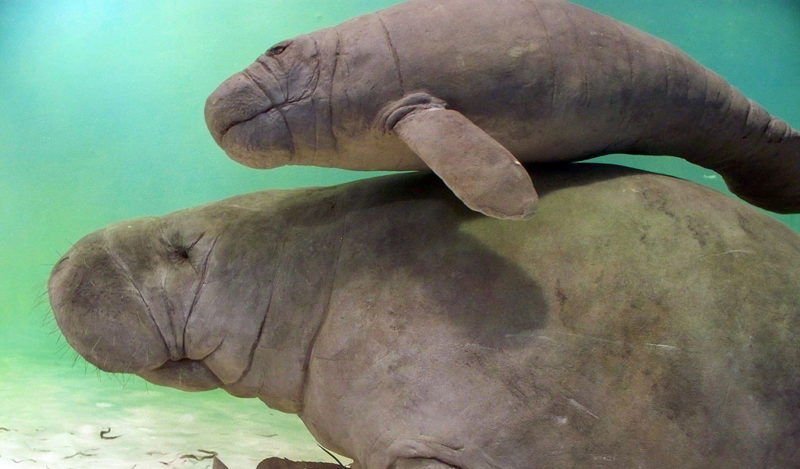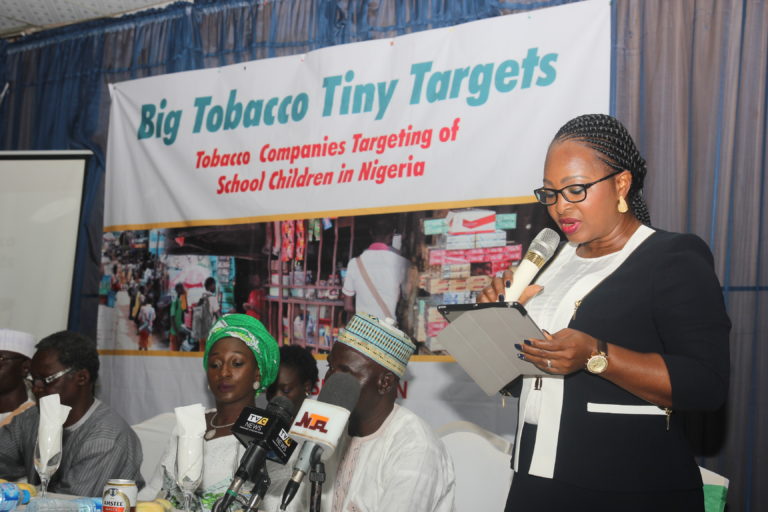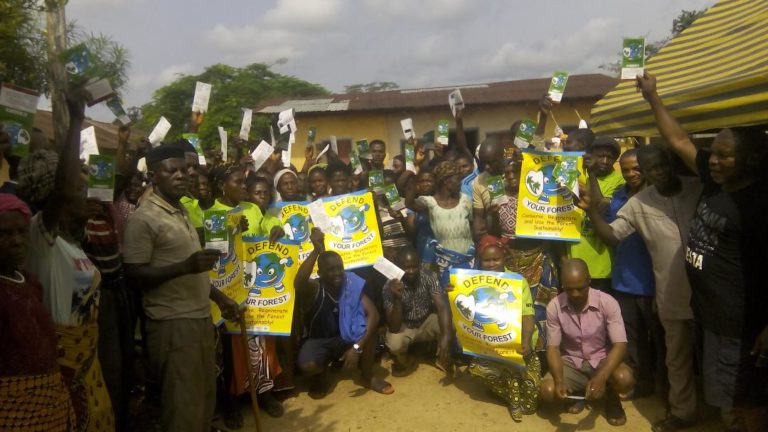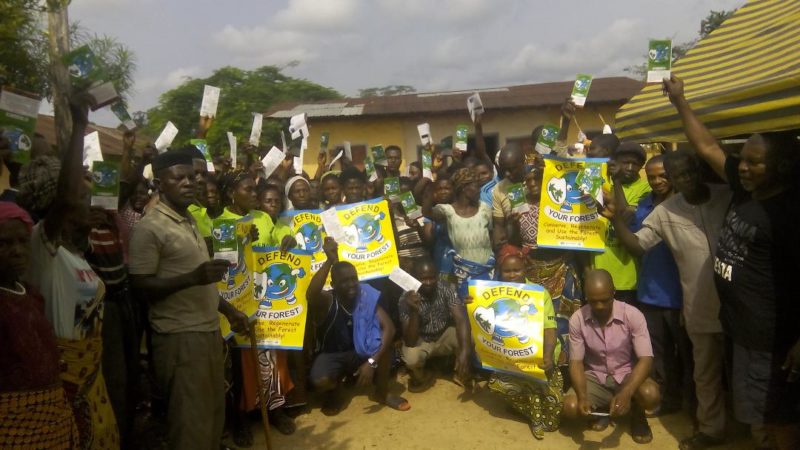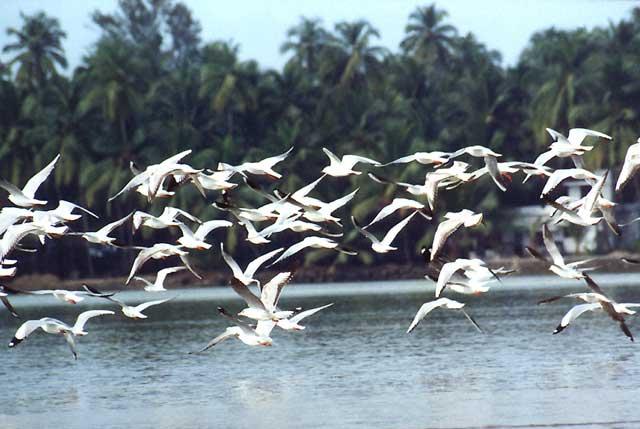Fiji has become the first emerging market to issue a sovereign green bond, raising 100 million Fijian dollars, or $50 million, to support climate change mitigation and adaption.

Home to over 870,000 people, Fiji’s 300 volcanic islands include low-lying atolls that are highly susceptible to cyclones and floods. In 2016, Tropical Cyclone Winston – the most intense tropical cyclone in the Southern Hemisphere on record – passed directly over Fiji, causing economic losses that amounted to almost one third of the country’s GDP. Like all Pacific island states, Fiji is also highly vulnerable to the impact of climate change: close to 20 percent of the region’s 10 million people could be displaced due to climate change by 2050.
Green bonds are fixed income, liquid financial instruments that are used to raise funds dedicated to climate-mitigation, adaptation, and other environment-friendly projects. This provides investors an attractive investment proposition as well as an opportunity to support environmentally sound projects.
At the request of Fiji’s Reserve Bank, the World Bank and the International Finance Corporation (IFC), a member of the World Bank Group focusing on private sector, provided technical assistance to assist the government in issuing a sovereign green bond. This collaboration took place under a broader, three-year Capital Markets Development Project supported by the Australian Government. Through this partnership, Australia and IFC are helping stimulate private sector investment, promote sustainable economic growth and reduce poverty in the Pacific.
Projects financed from the Fiji green bond will follow the internationally developed Green Bond Principles, and will focus primarily on investments that build resilience against the impacts of climate change. Sustainalytics US (Sustainalytics), a provider of environmental, social and governance research and analysis, evaluated Fiji Sovereign’s green bond transaction and its alignment with the Green Bond Principles. Fiji will also use bond proceeds for projects supporting its commitment to achieve 100% renewable energy and reduce its CO2 emissions in the energy sector by 30% by 2030.
Fijian Prime Minister and President of COP23, Frank Bainimarama, said: “The Fijian people, along with every Pacific Islander, live on the front lines of climate change. The rising seas, changing weather patterns and severe weather events are threatening our development, our security and the Fijian way of life, along with the very existence of some of our low-lying neighbors. I have made access to climate finance a key pillar of our upcoming COP23 Presidency, and we are proud to set an example to other climate-vulnerable nations by issuing this green bond to fund our work to boost climate resilience across Fiji.
“By issuing the first emerging country green bond , we are also sending a clear signal to other nations that we can be creative and innovative in mobilising funds and create win-win outcomes for countries and investors in adapting to the serious effects of climate change.”
“With this bond, Fiji has demonstrated that green capital markets can be created in emerging economies, and that all countries, big and small, have an important role to play in facilitating climate solutions,” World Bank Group President, Jim Yong Kim said. “As it takes the helm of COP23, Fiji is uniquely positioned to inspire other countries to meet their respective targets and build resilience against climate change.”
The World Bank and IFC are among the pioneers of the green bond market. The World Bank issued the first green bond in 2008. Since then, both institutions have provided leadership by issuing green bonds across a range of currencies, tenors and volumes; helping to define best practice for reporting and standards; and working with countries to facilitate the development of domestic green bond markets. The global green bond market is expected to reach $134.9 billion in 2017.
The Government of Fiji will chair the 23rd Climate Change Conference (COP23) in Bonn, Germany from November 6-17, 2017. Prime Minister Voreqe Bainimarama has given high priority to COP23 and aims to continue the momentum for action since the entry into force of the Paris Climate Change Agreement last year.
Fiji Green Bond Summary Terms and Conditions
Issuer: Government of Fiji
Amount: 100 million Fiji dollars
Pricing date: November 1, 2017 – May 2018
Settlement date: November 1, 2017 – May 2018
Maturity date: November 1, 2022 and November 1, 2030
Issue price: 100
Coupon: 5 years: 4.00%; 13 years: 6.30%
Denomination: Fiji Dollars

